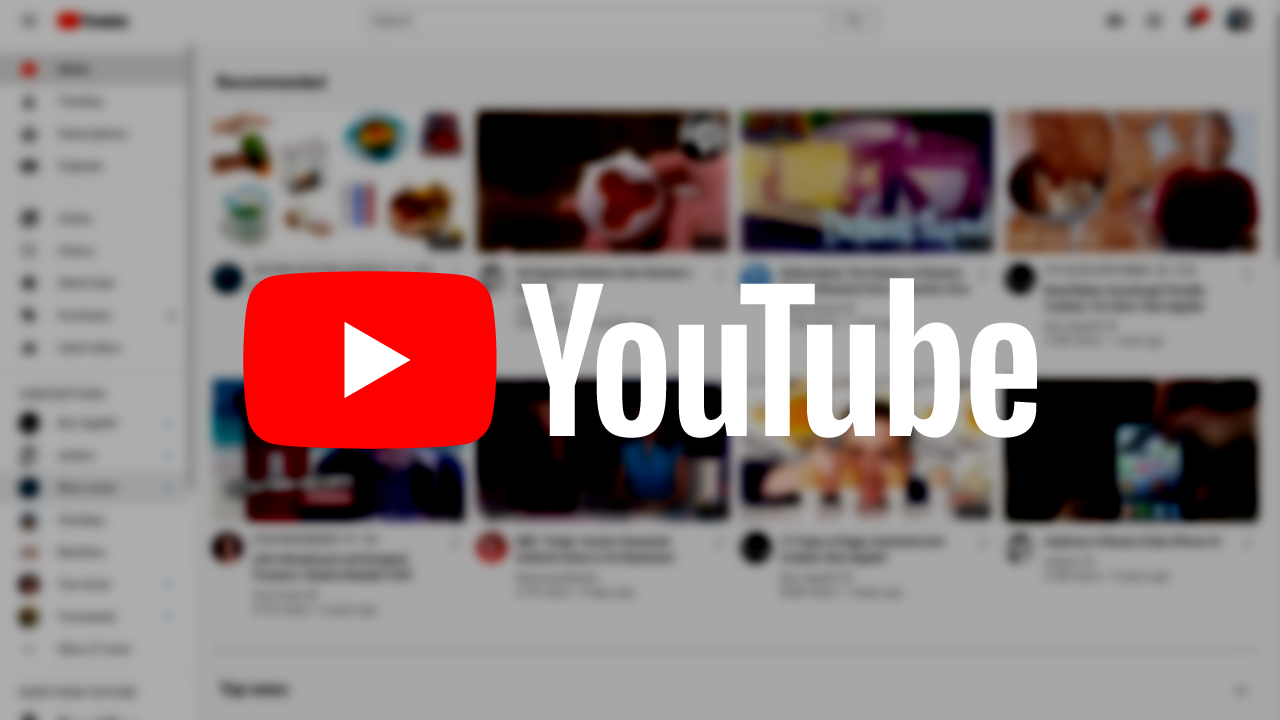People are spending more time on YouTube and that means ad buyers are spending more cash to reach them. It also just so happens that a growing number of viewers are paying to avoid those commercials and even to watch non-YouTube programming. That's the picture parent company Alphabet is painting with its fourth-quarter earnings report.
Sundar Pichai, CEO of Alphabet, told investors on the scheduled conference call that the company has decided to disclose certain data points for the first time. When it comes to YouTube, we're learning that YouTube Music and YouTube Premium have garnered a combined base of over 20 million subscribers while YouTube TV now has a total of 2 million customers.
YouTube Music and YouTube Premium both offer ad-free listening and viewing experiences along with extra features such as background play and video downloads. These programs began under the name of YouTube Music Key in 2014. In the past year, the company has been able to push these services into more regions with almost 50 new markets in the past year. It also opened up lower-cost options to some of those markets such as student pricing and prepaid memberships.
On the other hand, YouTube's over-the-top TV service has had to compete in a crowded U.S. market since it debuted in 2017. It slowly added regional and national channels to its skinny roster, suffered outages early on, and has had to hike subscription prices twice. By the end of its first 7 months, YouTube TV reportedly had just 300,000 subscribers. Google has been directing efforts towards marketing and partnering with ISPs to offer YouTube TV in promotional bundles.
Whether or not either program is making good money, YouTube is still growing ad revenue — up 26% year-on-year to $15 billion for the whole year.
Source: YouTube (27:47)

